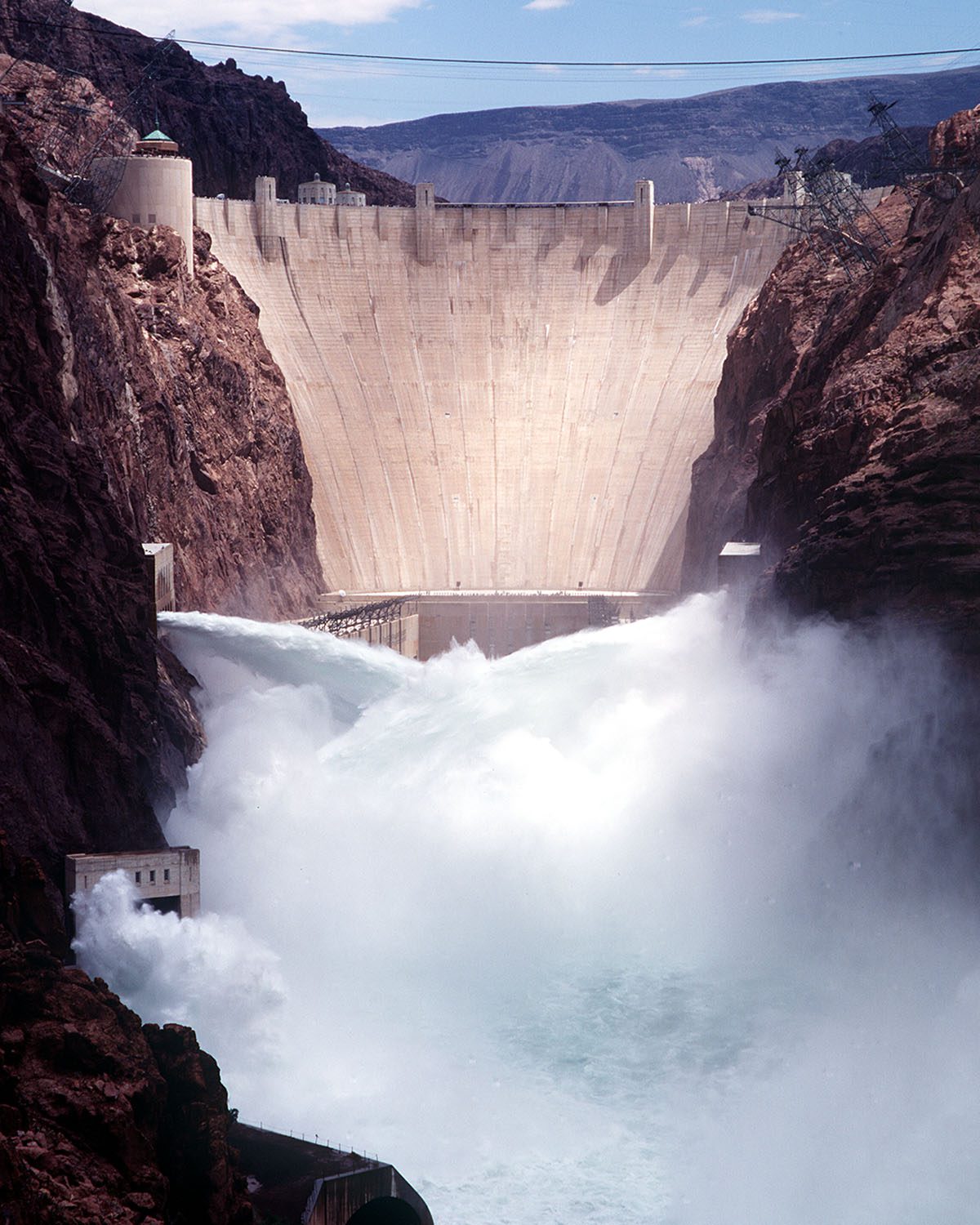Recent rains have raised the water level in Lake Mead by three inches, but that’s not nearly enough to save the system.
by three inches, but that’s not nearly enough to save the system.
At a June 14 hearing before the Senate Natural Resources and Energy Committee, the Bureau of Reclamation recommended cutting 2-4 million acre-feet of water deliveries next year to save Lake Mead and Lake Powell, where the water levels are so low that hydropower production is threatened. The Bureau gave the seven states that are part of the Colorado River compact 60 days to produce a plan to conserve water in the system; otherwise, it would take unilateral action.
The Upper Basin states of Colorado, New Mexico, Utah, and Wyoming sent a letter outlining their plan on July 18. The plan discusses a 5-point approach to water management and reduced usage in the upper states. “The Upper Division States recognize that bringing the system into balance will require collaboration and efforts from all Basin States and water use sectors,” the Upper Colorado River Commission wrote . “Accordingly, we stand ready to participate in and support efforts, across the Basin, to address the continuing dry hydrology and depleted storage conditions. However, the options the Upper Division States have available to protect critical reservoir elevations are limited. The Upper Basin is naturally limited to the shrinking supply of the river, and previous drought response actions are depleting upstream storage by 661,000 acre-feet. Our water users already suffer chronic shortages under current conditions resulting in uncompensated priority administration, which includes cuts to numerous present perfected rights in each of our states.”
. “Accordingly, we stand ready to participate in and support efforts, across the Basin, to address the continuing dry hydrology and depleted storage conditions. However, the options the Upper Division States have available to protect critical reservoir elevations are limited. The Upper Basin is naturally limited to the shrinking supply of the river, and previous drought response actions are depleting upstream storage by 661,000 acre-feet. Our water users already suffer chronic shortages under current conditions resulting in uncompensated priority administration, which includes cuts to numerous present perfected rights in each of our states.”
As of this writing, a plan from the Lower Basin states of Arizona, California and Nevada is not posted on the Bureau of Reclamation’s website.
is not posted on the Bureau of Reclamation’s website.
The July 25 weekly report from the Bureau of Reclamation showed that Lake Mead and Lake Powell were both at 27% capacity .
.
Image Source: Hoover Dam, Bureau of Reclamation .
.


Leave a Reply